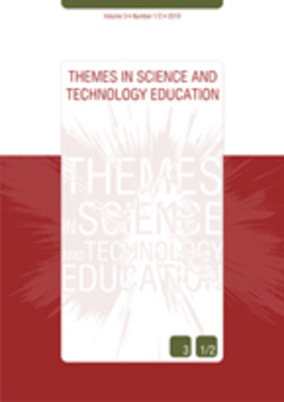The use of haptic display technology in education
Part of : Themes in science and technology education ; Vol.2, No.1-2, 2009, pages 11-30
Issue:
Pages:
11-30
Author:
Abstract:
The experience of "virtual reality" can consist of head-tracked and stereoscopic virtual worlds, spatialized sound, haptic feedback, and to a lesser extent olfactory cues. Although virtual reality systems have been proposed for numerous applications, the field of education is one particular application that seems well-suited for virtual reality technology. Recently, in the field of education, virtual reality systems equipped with haptic devices, have been used to assist in the learning process. The main benefit of haptic technology for education is that it increases the realism of simulations by providing force or tactile feedback to the user. Such feedback can be used to model the atomic orbits of electrons, feel of tissue of the abdomen during a laparoscopic training exercise, or visualize and interact with nanoscale materials. This article discusses the basics of the haptic sense, discusses a few common haptic devices, and concludes with current applications of haptics in education.
Subject:
Subject (LC):




